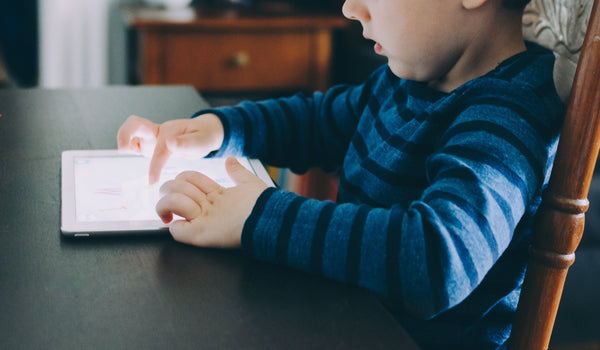How the My Moods, My Choices Flipbook Works

When we created the My Moods, My Choices Flipbook, it was designed to help kids better identify their emotions and learn how to take positive actions. Sounds great, right? But how does it work in practice? Let’s take a look at a hypothetical scenario between a therapist and child who’s struggling with angst and aggression.
Meet Jane. Jane’s three years old. Lately she’s been showing a temper and her parents are having hard time understanding where it’s coming from. They’ve tried talking with her, giving her time outs, offering kind words of affirmation, but nothing seems to work. Jane’s parents have decided to take her to a child therapist to see if they can help. Jane arrives in the office and it’s clear right away that she’s upset. After a few minutes of trying to make an introduction and talk to the girl, Jane’s therapist reaches for her My Moods, My Choices Flipbook and begins going through the process.
Identify How the Child is Feeling
The therapist sits with Jane and shows her the book, flipping through the pages and showing her the different characters and the emotions they represent. The colorful drawings offer 20 different unambiguous personifications of feelings like grumpy, sleepy, bored, happy, and so on. The therapist asks Jane which picture she most identifies with.
See How the Child Responds
After some consideration, Jane finally settles on the “angry” character. The therapist then observes to see how Jane reacts to this. Maybe she gets more upset having picked that emotion. Maybe she stays the same mood. Jane’s therapist gives the girl a little room to settle with her emotion and asks simple questions about why she might be feeling that way.
Help Them Choose How they Respond
On the back of each page is a list of recommended positive actions that Jane can take. The therapist walks through the options, including counting to 10, walking away from whatever is upsetting her, exercising, apologizing, and talking with an adult. Jane and her therapist take a few moments to try some of these actions. They both decide to count to 10.
Watch as They Improve Their Mood
After a few moments, Jane starts to visibly calm down from when she first entered the room. Composed and relaxed, Jane and her therapist are able to have a productive discussion on what upset her. Her therapist reminds her that the actions from the flipbook are actions she can take anytime she’s feeling this angry emotion. It helps Jane learn healthy habits that will be crucial to her development as she gets older.
Every child’s experience will be different and every emotion requires a different set of action. But Jane’s scenario is a general example of how this flipbook can have a dramatic effect on helping children process their emotions. Think the My Moods, My Choices might be right for your practice? Pick up a copy todayAlso in Blogs

Does Your Child Live in a High-Conflict Environment?

“What's On?” The Impact Of Media On Kid's Emotional Well-being

